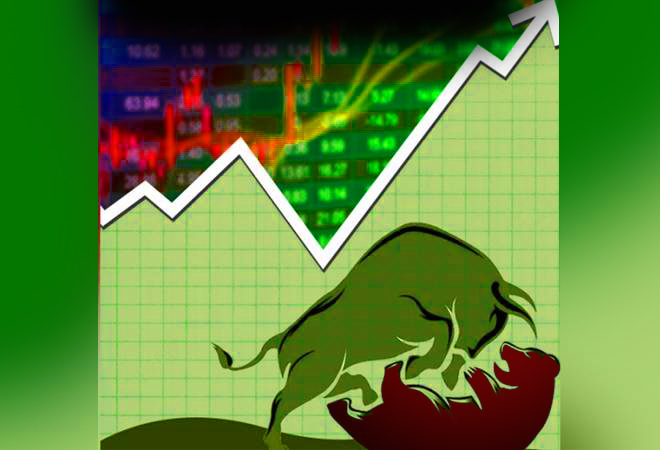Nifty and Sensex: What are they and why do they matter?
Nifty and Sensex are the two most popular indices of the Indian stock market. They represent the performance of the top 50 and 30 companies listed on the National Stock Exchange (NSE) and the Bombay Stock Exchange (BSE) respectively. They are widely used as benchmarks to measure the overall health and sentiment of the market, as well as to compare the returns of various investment products.
Nifty and Sensex hit all-time high levels: What drove the rally?
On Thursday, July 13, 2023, Nifty and Sensex hit their all-time high levels in early trade, following a rally in global markets amid moderating US inflation data. Nifty rose by 111.3 points to 19,495.60, while Sensex climbed 391.48 points to 65,785.38.
Here are the five factors that fuelled the rally:
- Positive global cues: The US markets ended in positive territory on Wednesday after the US consumer price index for June logged the smallest rise in over two years. This eased the fears of an early tapering of stimulus by the Federal Reserve and boosted the risk appetite of investors. The Asian markets also followed suit and advanced on Thursday.
- Strong earnings from TCS: Tata Consultancy Services (TCS), India’s largest IT services company, reported a 16.83 per cent increase in June quarter net profit to Rs 11,074 crore, beating market expectations. The company also announced a dividend of Rs 7 per share and said it expects a strong demand environment in the coming quarters. This lifted the sentiment of the IT sector and boosted the shares of TCS and its peers.
- Buying in banking, financials, metals, technology, automobile and energy stocks: These sectors witnessed strong buying interest as they are expected to benefit from the economic recovery and vaccination drive. Banking and financial stocks also gained from the easing liquidity conditions and lower interest rates. Metals stocks rose on the back of higher global commodity prices and strong demand outlook. Technology stocks were supported by the robust earnings from TCS and favourable exchange rate movements. Automobile stocks were buoyed by the improving sales numbers and festive season demand. Energy stocks were lifted by the rising oil prices and higher gas production.
- Robust FIIs inflows: Foreign institutional investors (FIIs) have been net buyers of Indian equities in July so far, pumping in over Rs 10,000 crore. This reflects their confidence in the Indian market and its growth prospects. FIIs are considered as key drivers of the market direction as they have a large influence on the demand and supply of stocks.
- Optimism over economic recovery and vaccination drive: The Indian economy is expected to bounce back strongly in the current fiscal year after contracting by 7.3 per cent in 2022-23 due to the Covid-19 pandemic. The government and the central bank have announced various fiscal and monetary measures to support the growth revival. The vaccination drive has also picked up pace in recent weeks, with over 40 crore doses administered so far. This has improved the hopes of containing the virus spread and easing the lockdown restrictions.

Nifty and Sensex at all-time high levels: What does it mean for investors and traders?
The market rally at all-time high levels indicates that investors and traders are optimistic about the future prospects of the Indian economy and corporate earnings. It also suggests that they are willing to pay a premium for quality stocks that have strong fundamentals and growth potential. However, it also implies that the market valuations are stretched and there is a risk of correction or consolidation in case of any negative triggers or profit booking. Therefore, investors and traders should be cautious and selective while investing or trading in the market. They should also diversify their portfolio across sectors and themes, follow a disciplined approach, and use stop losses to protect their capital.
